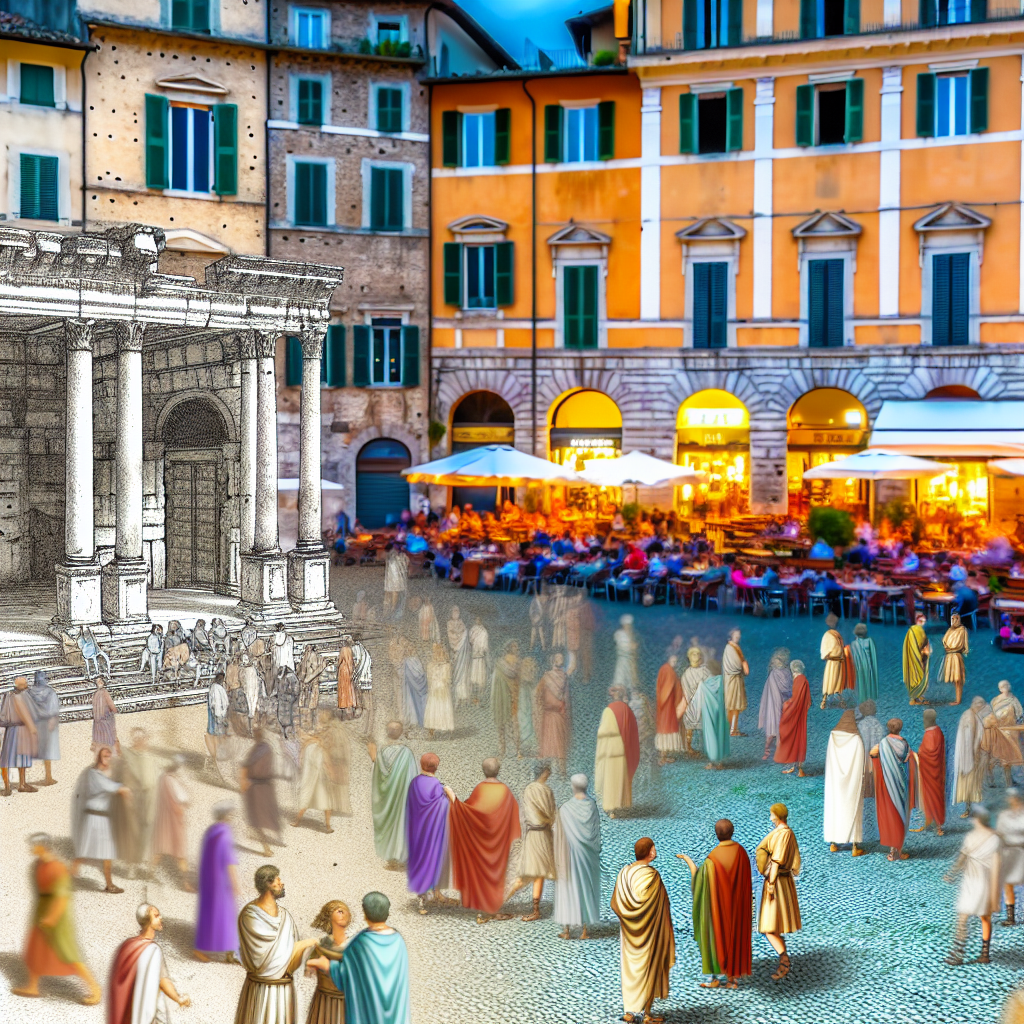The Evolution of Italian Piazzas: From Roman Forums to Modern Gathering Spaces
Italian piazzas have been central to the social and cultural life of Italy for centuries, evolving from ancient Roman forums to the vibrant public squares we see today. This article will delve into the history of Italian piazzas, exploring their architectural significance, cultural impact, and how they continue to shape the social fabric of Italian cities.
The Origins of Italian Piazzas
The roots of Italian piazzas can be traced back to ancient Roman forums, which were the focal points of urban life in Roman cities. These forums were not only commercial and political centers but also served as social gathering spaces for citizens to come together, exchange ideas, and engage in public activities. The design of these forums, with their open layout and surrounding colonnades, influenced the development of piazzas in later periods.
The Renaissance Influence
During the Renaissance, Italian piazzas underwent a transformation, becoming more elaborate and architecturally significant. Pioneering architects like Brunelleschi and Alberti designed piazzas that served as showcases of artistic and architectural innovation, with grandiose palaces, churches, and civic buildings defining the space. Piazzas such as Piazza del Campo in Siena and Piazza San Marco in Venice are prime examples of this architectural splendor.
Modern Piazzas in Italy
While the architectural style of Italian piazzas has evolved over the centuries, their essential function as social gathering spaces has remained constant. Modern Italian piazzas, such as Piazza Navona in Rome and Piazza della Signoria in Florence, continue to be bustling hubs of activity, hosting markets, festivals, and cultural events that bring communities together. These piazzas are not only tourist attractions but also serve as vital public spaces for locals to connect and socialize.
The Role of Technology
In today’s digital age, Italian piazzas have also adapted to incorporate technology, with free Wi-Fi, charging stations, and interactive displays enhancing the visitor experience. This technological integration allows piazzas to stay relevant in a constantly changing world while preserving their historical and cultural significance.
The Future of Italian Piazzas
As we look to the future, Italian piazzas will continue to evolve, reflecting the changing needs and preferences of society. Sustainability, accessibility, and inclusivity are becoming key considerations in urban planning, and piazzas will need to adapt to meet these demands while maintaining their unique character and charm. By preserving the historical legacy of Italian piazzas while embracing innovation, these iconic public spaces will remain integral to the cultural identity of Italy.
Conclusion
In conclusion, Italian piazzas have come a long way from their origins in ancient Roman forums to the vibrant gathering spaces we see today. Through centuries of evolution, these public squares have remained central to Italian social and cultural life, adapting to changes in society while preserving their architectural and historical significance. As we continue to embrace technology and urban development, Italian piazzas will undoubtedly play a crucial role in shaping the future of urban spaces, bridging the past with the present for generations to come.
